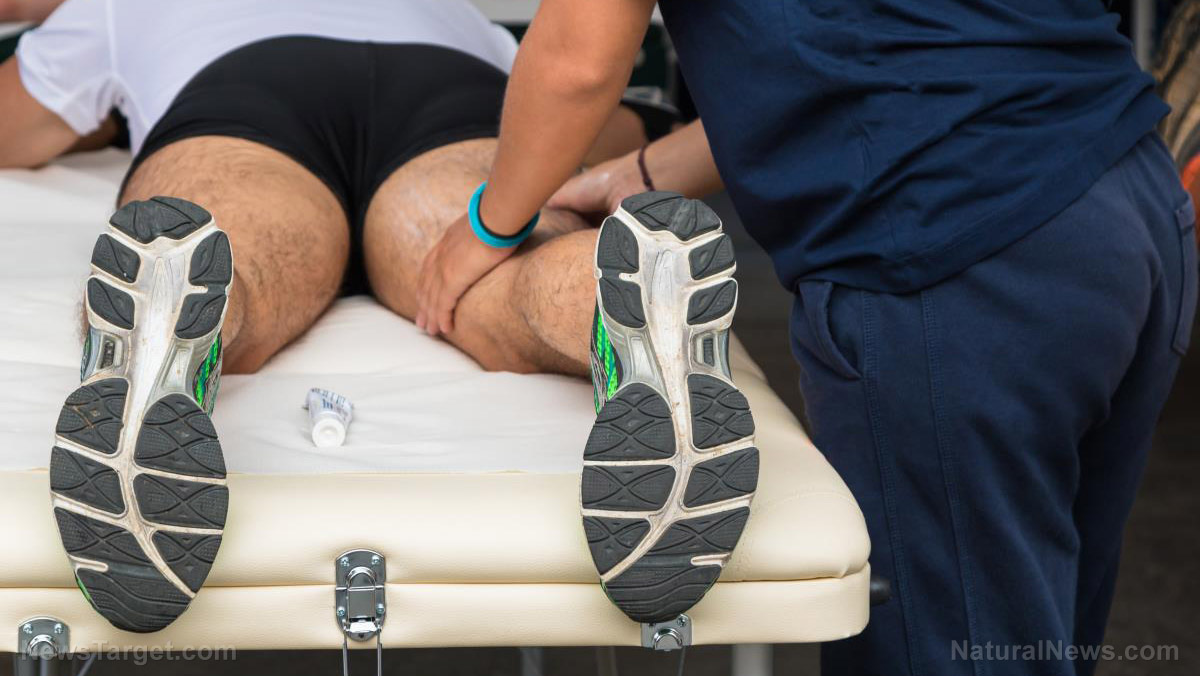Getting a massage is a safe way to relieve arthritis pain and increase mobility, according to study
03/02/2019 / By Michelle Simmons

Massage does a lot more for you than offering just relaxation. For people with arthritis, it may also bring pain relief and improve their mobility. A new study led by researchers at Duke University Health System based in North Carolina suggests that people with arthritis in their knees may find getting a whole-body massage every week for two months beneficial.
“Massage therapy is one of the most popular complementary medicine interventions,” said lead author Adam Perlman, M.D., program director of the Leadership Program in Integrative Healthcare at Duke University School of Medicine.
In conducting the study, the research team enrolled about 200 individuals with osteoarthritis in their knees. Then, they divided them into three groups: a group who received a one-hour, weekly Swedish massage for two months; another group who received a light-touch control treatment; and a group who received no extra treatment other than their usual regimen. After two months, the researchers randomized each of the groups again to continue with massage or light-touch every other week, or to receive no treatment for the rest of the study, which lasted for a year. Every two months, the participants completed a standardized questionnaire that measures pain, stiffness, and functional limitations, such as how well they can climb stairs, stand up from sitting or lying down, bend, walk, or get out of a car, and other activities. (Related: Swedish massage regulates your stress hormones and relieves pain.)
The study’s results showed that massage therapy greatly improved the participants’ scores on the questionnaire compared to light-touch and standard care at two months. It reduced pain and stiffness and improved physical function. Throughout the year, the weekly massages maintained these improvements but did not provide an additional benefit. From these findings, which were published online in the Journal of General Internal Medicine, the researchers concluded that massage therapy could be a safe and effective complement to the management of knee osteoarthritis.

“At a time when people are looking for effective non-medication options for pain, this study provides further evidence that massage has a potential role, at least for those suffering with [from] osteoarthritis,” said Perlman.
The study’s findings are important in addressing the increasing need for safe, effective, and natural alternatives for managing osteoarthritis as conventional treatments available typically cause adverse side effects. Today, osteoarthritis is one of the leading causes of disability and affects over 30 million people in America.
Tips before getting a massage
Massage therapy is an ancient form of pain and stress relief practiced by most cultures around the world. These techniques may involve physical manipulation of the body’s tissues and relaxation techniques. There are many types of massage; some may involve the use of heat and cold applications to the skin, the use of oil or lotion, or the use of hands or tools.
Before getting a massage, consult your rheumatologist or a health professional to determine whether it is safe for you. Some types of massage may not be suitable for people with damaged joints because they involve applying strong pressure to sensitive tissues and joints, or moving limbs into different positions.
It is also important to tell your massage therapist that you have arthritis and mention the body parts that are affected by the disease. In addition, tell your therapist your goals for the session, so she can adjust the technique accordingly. Your goal may be relieving anxiety and stress caused by dealing with arthritis, or relieving pain and stiffness in a particular body part.
Read more news stories and studies on how else a massage can help you by going to Remedies.news.
Sources include:
Submit a correction >>
Tagged Under:
arthritis, arthritis pain, healing, knee osteoarthritis, massage, massage therapy, mobility, natural cures, natural healing, natural health, natural medicine, Osteoarthritis, pain relief, Swedish massage
This article may contain statements that reflect the opinion of the author





















